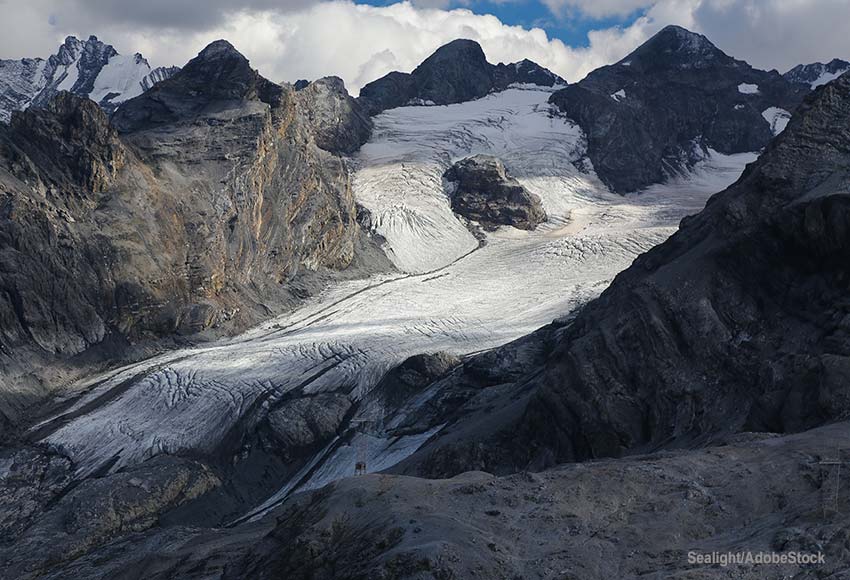FAQ about Glaciers

1. What are glaciers, how long do they take to form and retreat?
A glacier is defined as a significant volume of moving ice and snow, which originates from the compaction of snow. This happens when the annual snowfall exceeds that melted during the summer months, therefore, this happens with greater intensity and frequency in the areas closest to the poles.
A glacier takes thousands of years to form, however, due to the constant increase in Earth’s temperature in this 21st century, glaciers are melting in a few decades.
According to UNESCO, the glaciers of the western Tien -Shan (Kazakhstan, Kyrgyzstan and Uzbekistan) have decreased by 27% since 2000. Glaciers of the Pyrenees, Monte Perdido and the glaciers of the Dolomites could disappear in the next 25 years. The Dolomites are a group of mountain ranges, located in the provinces of Trento and Belluno, in the Veneto region, Italy. The iconic frozen crown of Mount Kilimanjaro, Tanzania , the highest in Africa, at 4,900 m. high, could disappear in the near 2030s, according to the UN.
FAQs about glaciers
1. What are glaciers, how long do they take to form and retreat?
2. What is the difference between a glacier, an iceberg and an ice pack?
3. What benefits do glaciers provide us?
4. Why are glaciers and other ice the Earth’s sunscreens?
5. What would happen if all the glaciers on Earth melted?
6. Did you know that Venezuela is the first country in the world to lose its last glacier?
8. How many glaciers are there on Earth and which are the highest?
Other sections of Glaciers
Video Gallery
The Planets In Our Solar System
